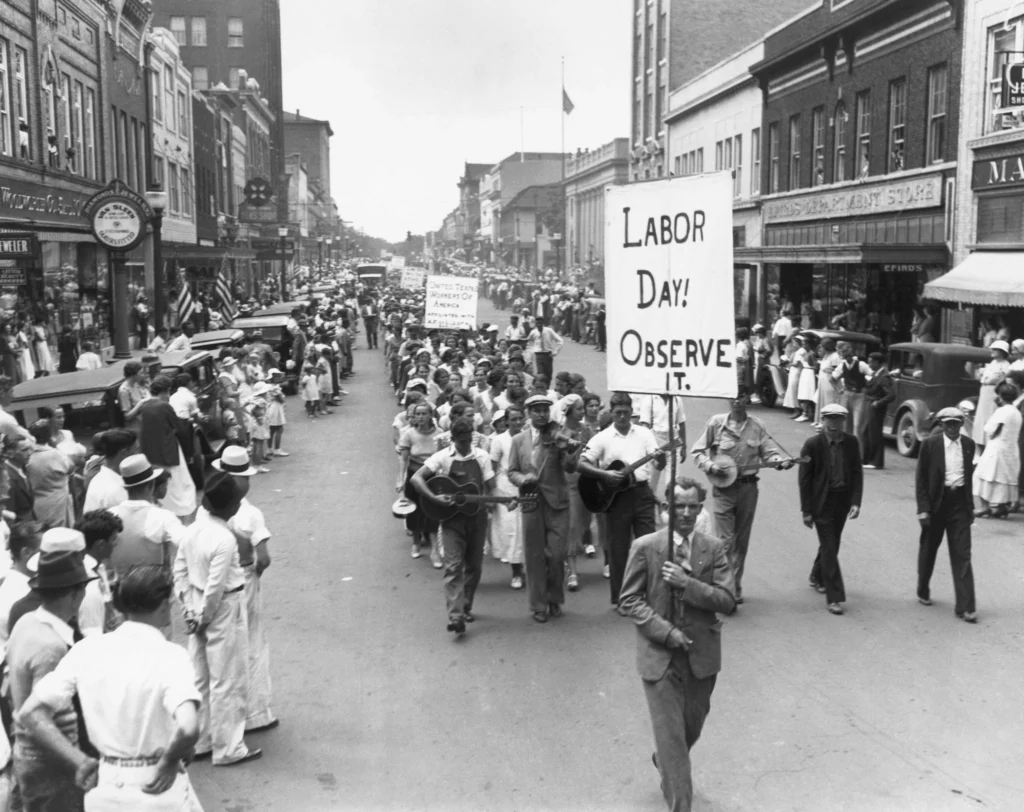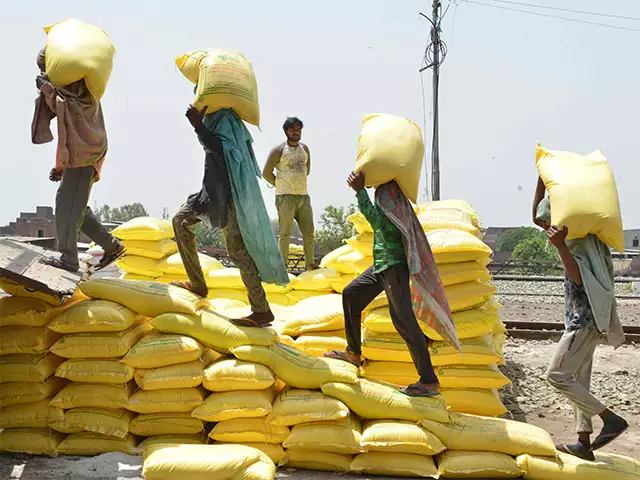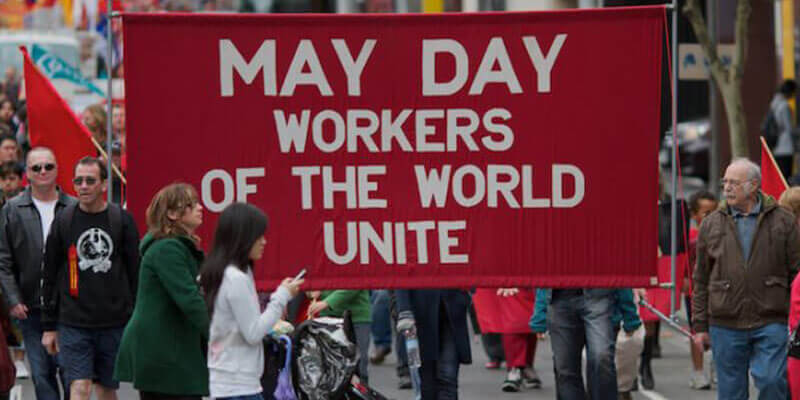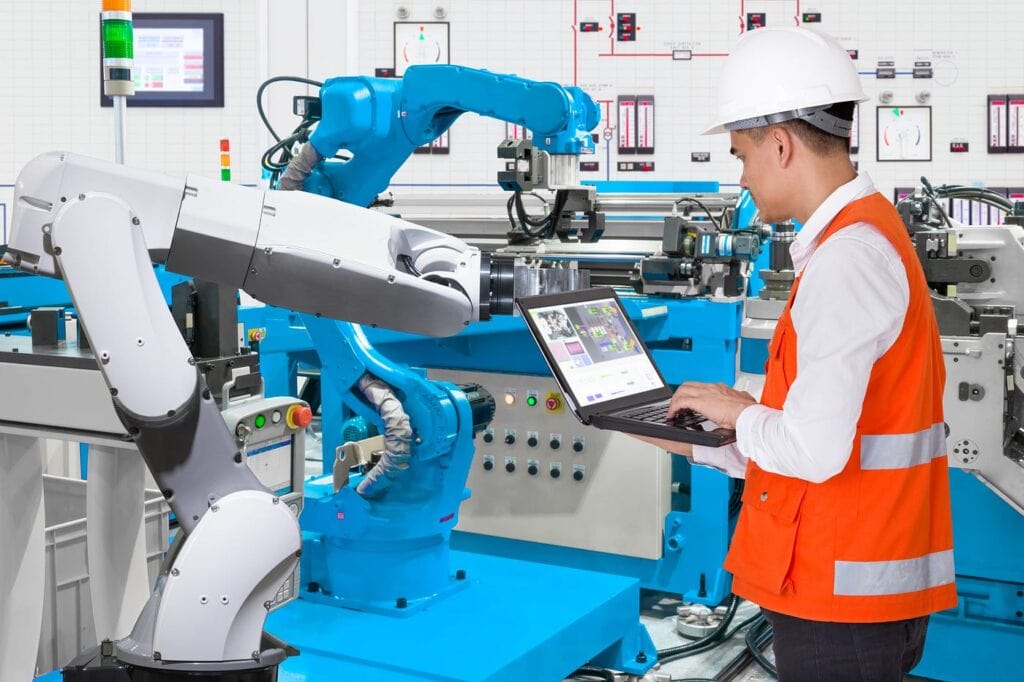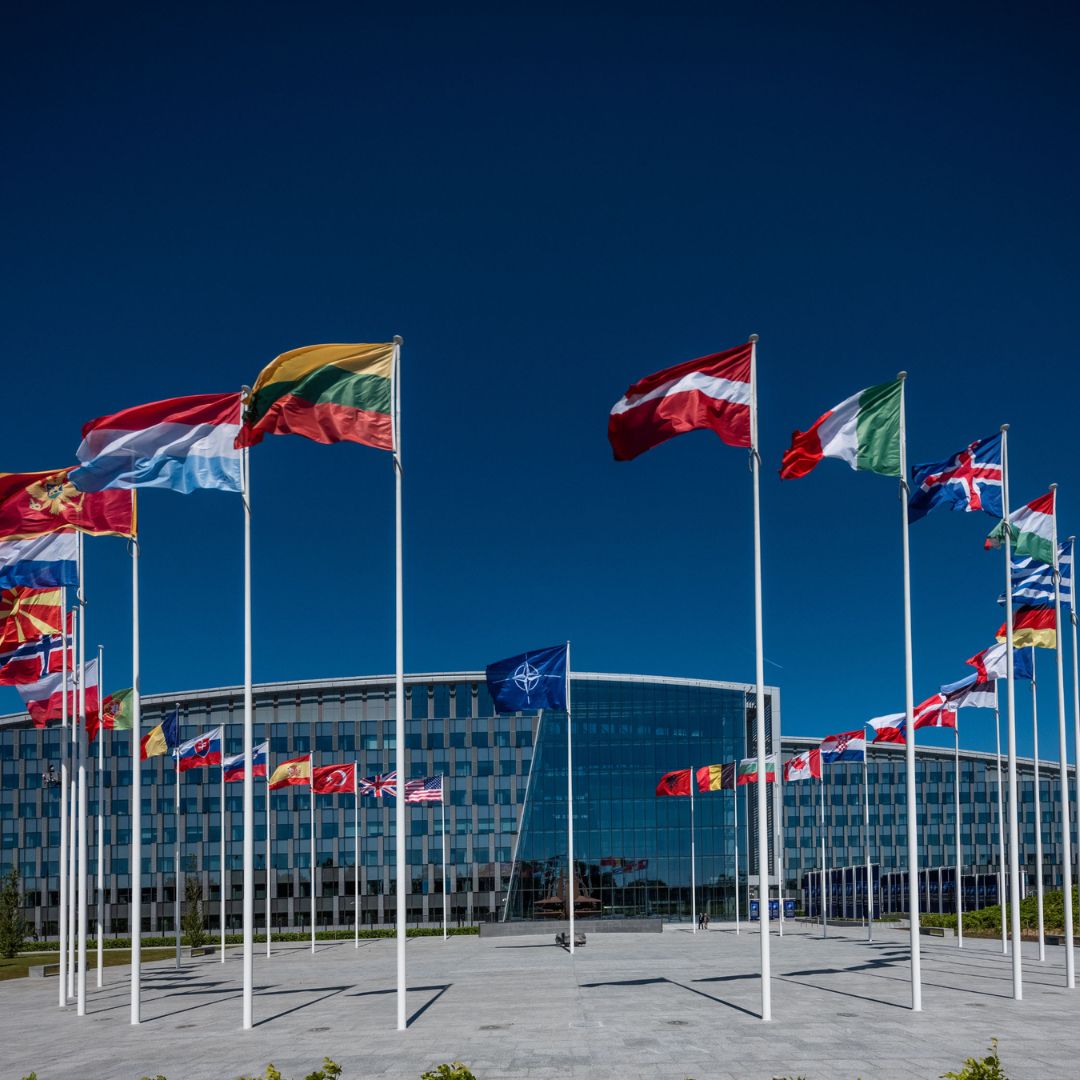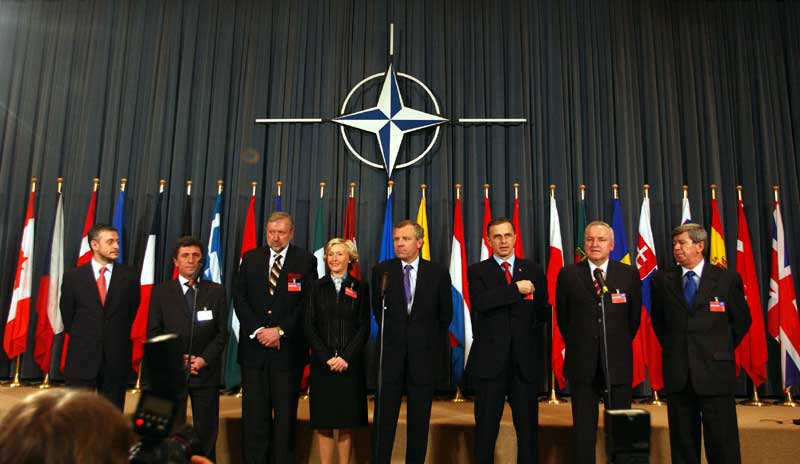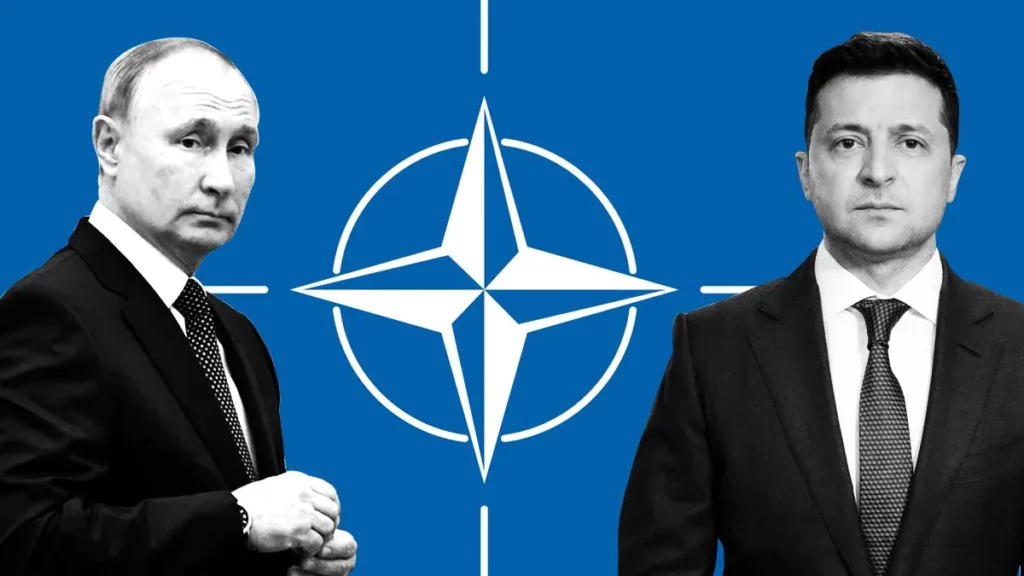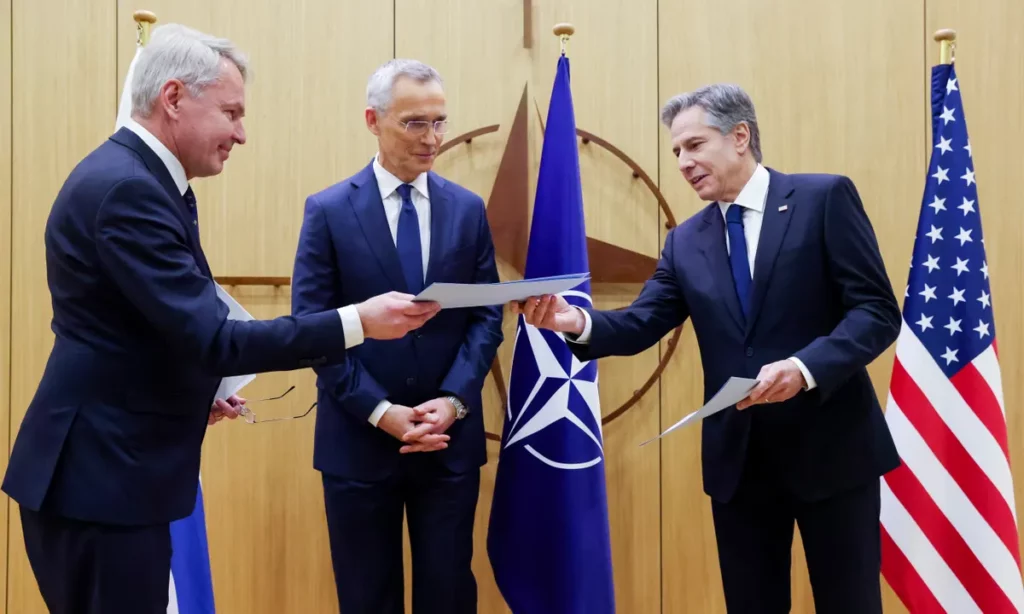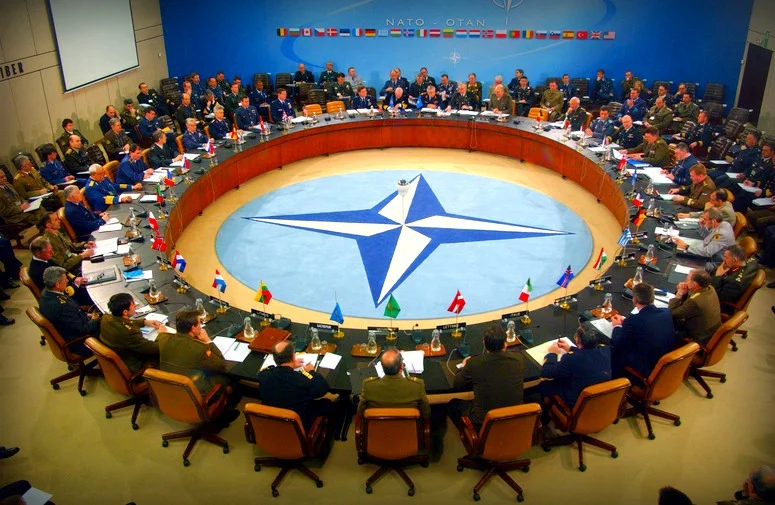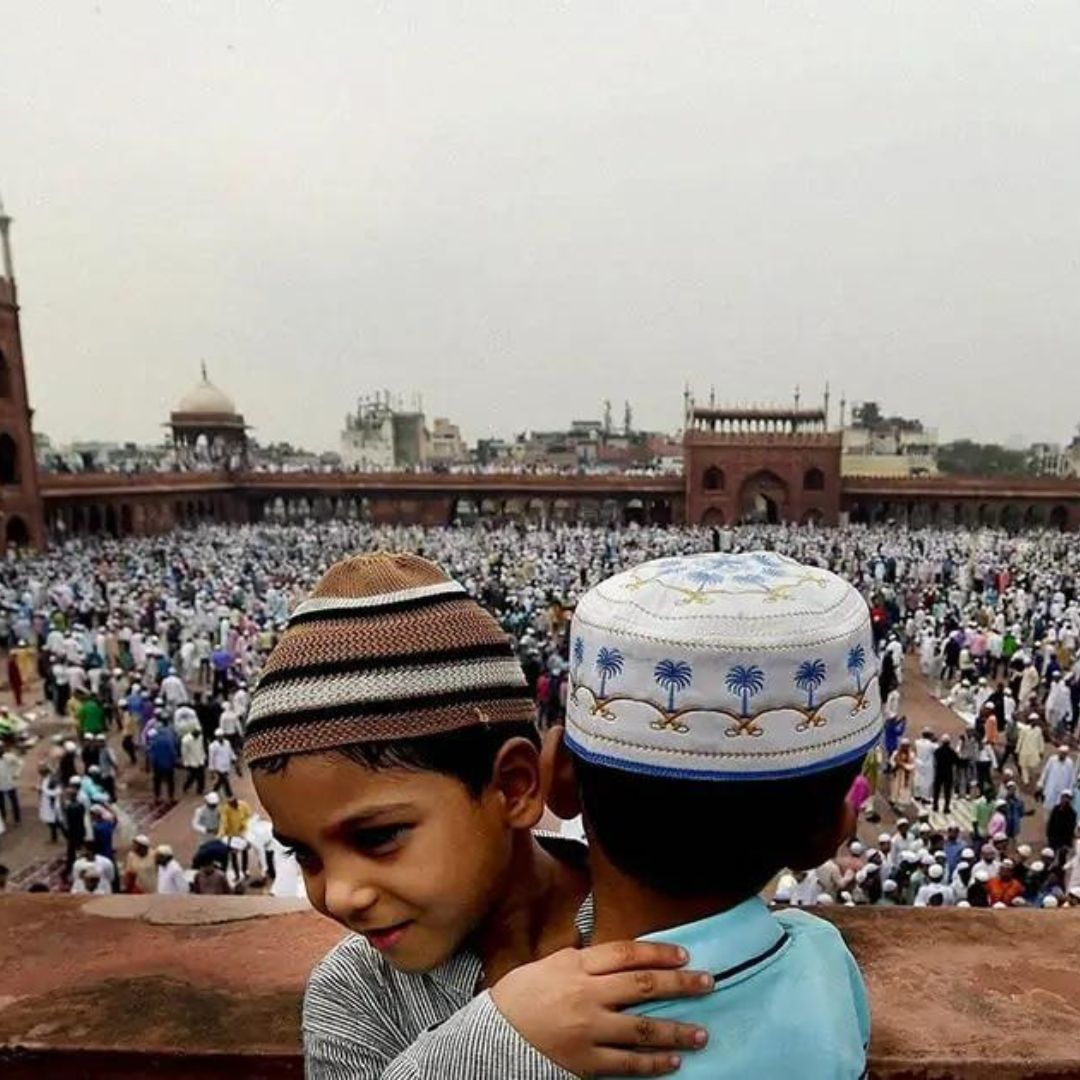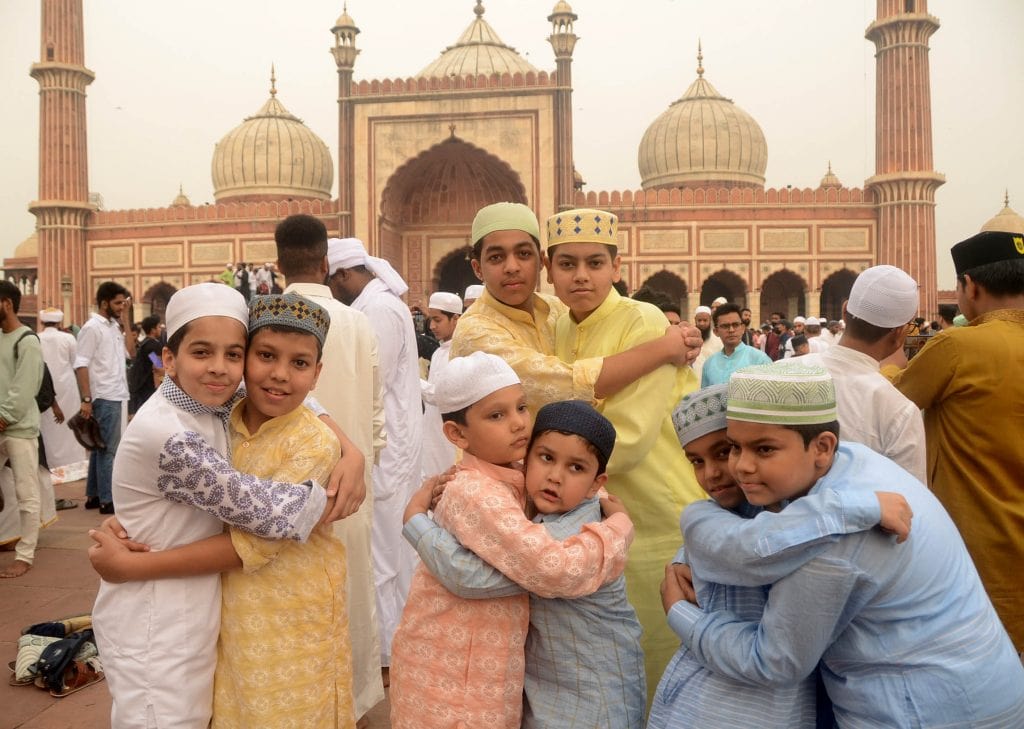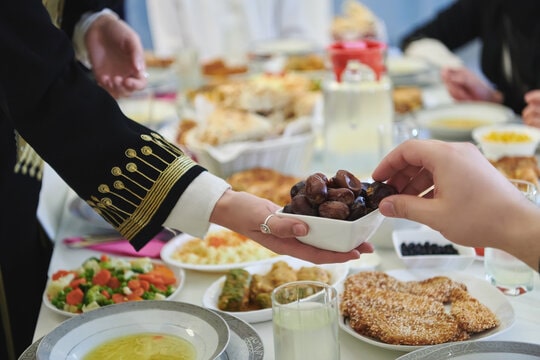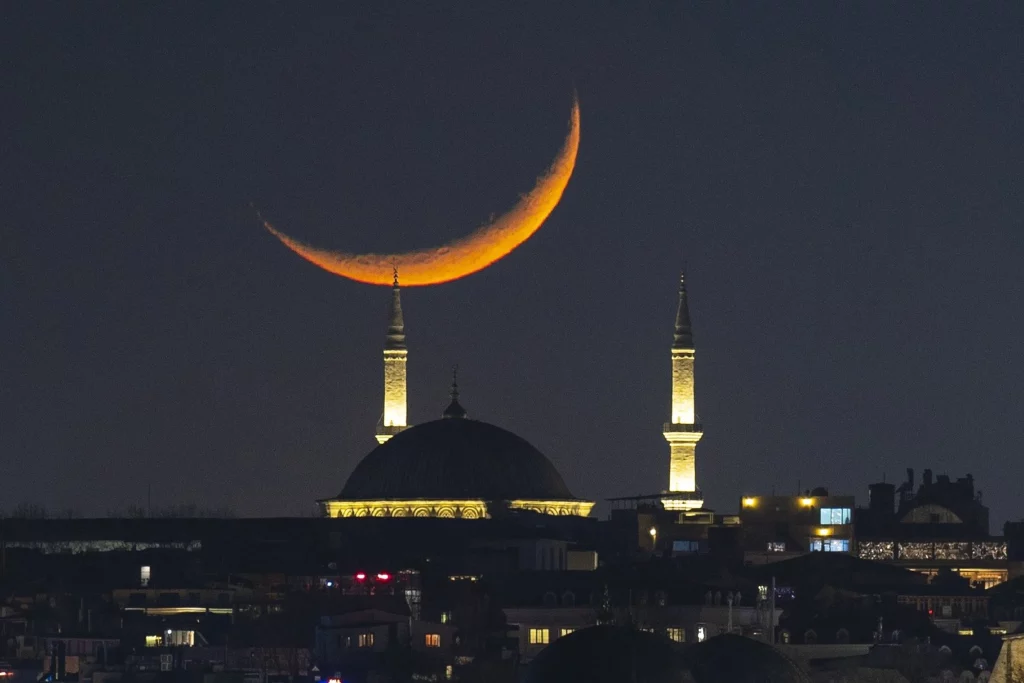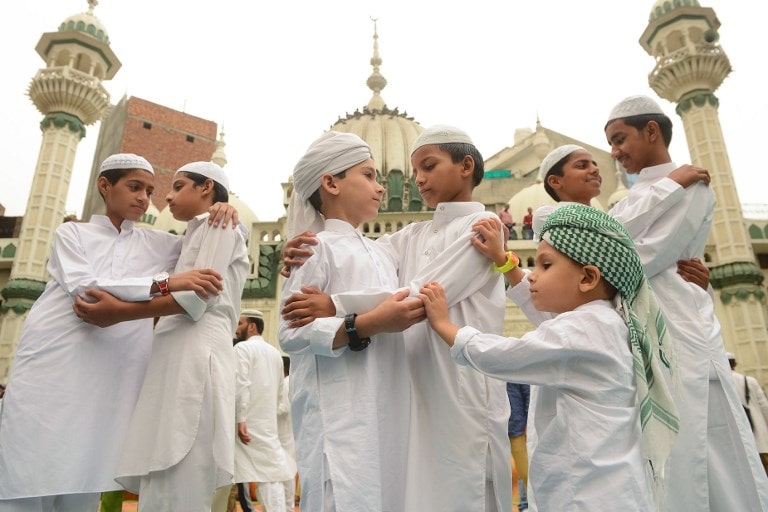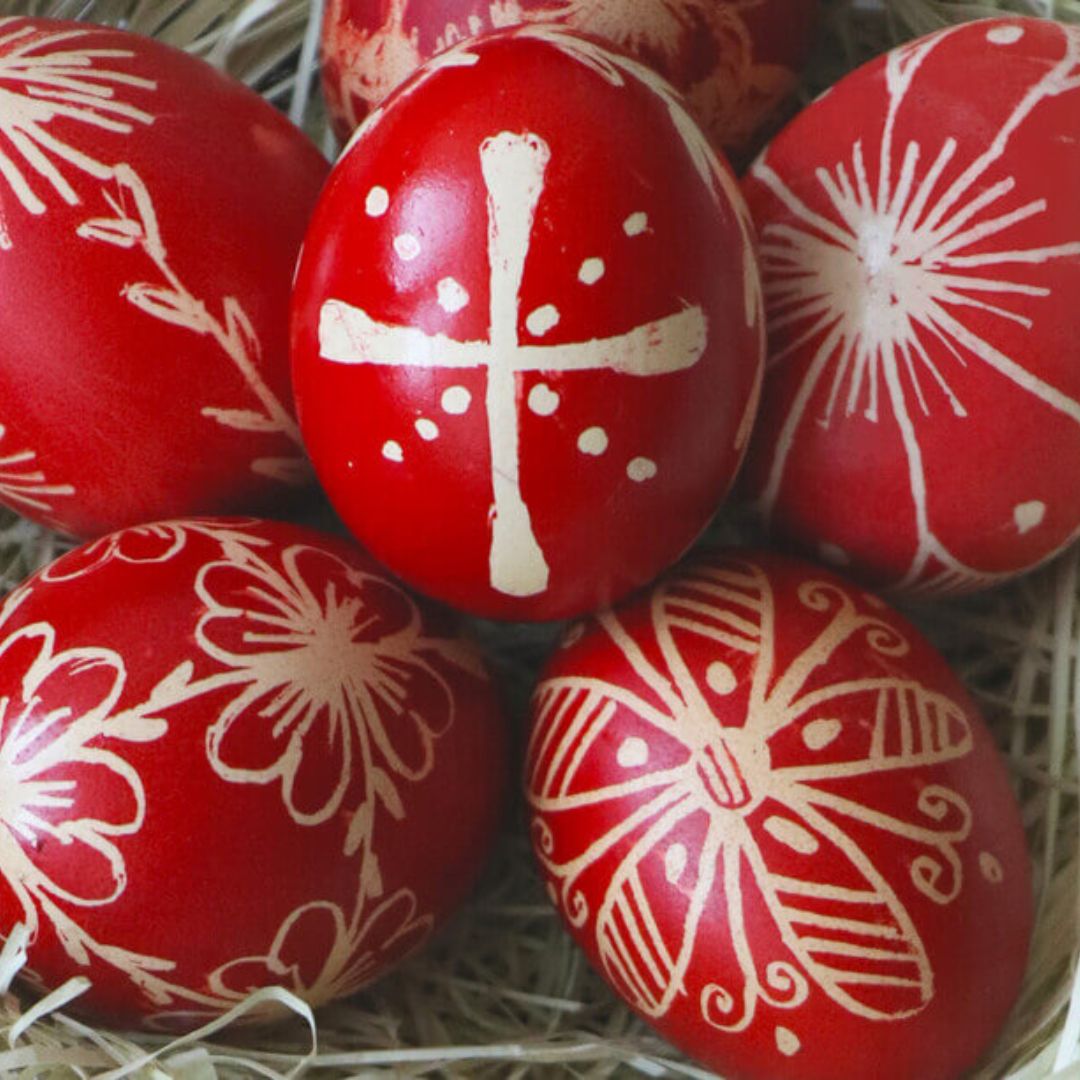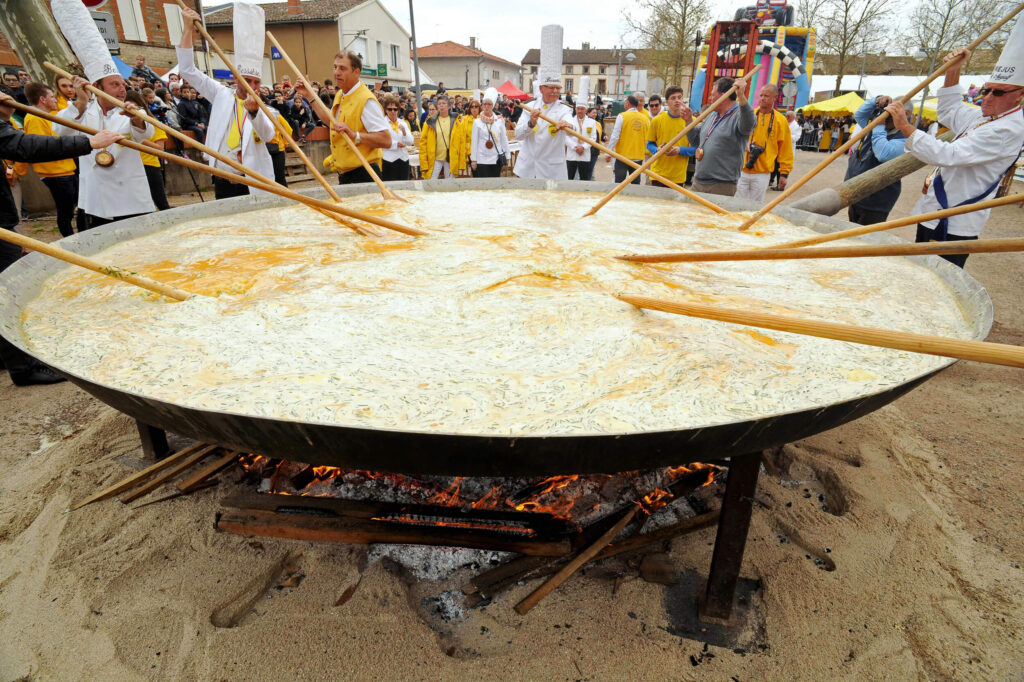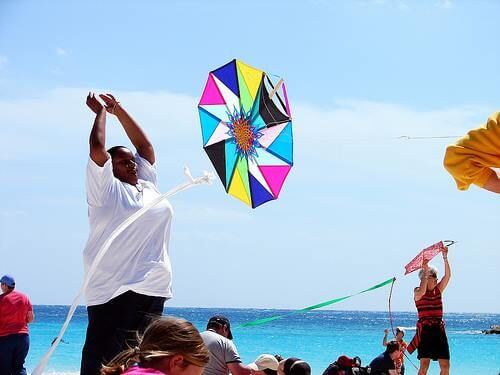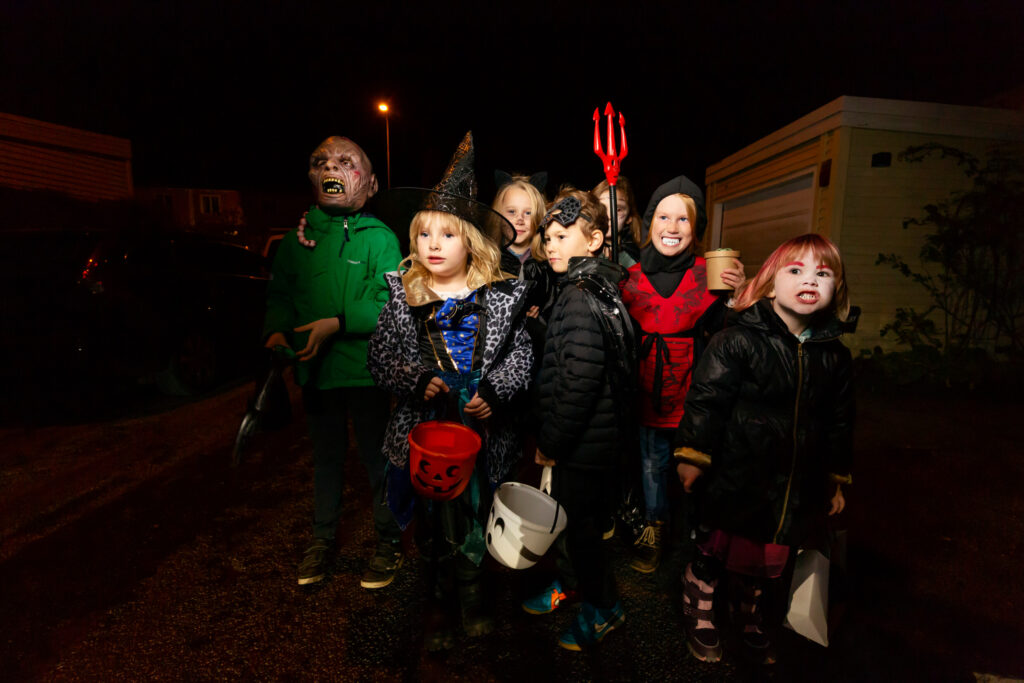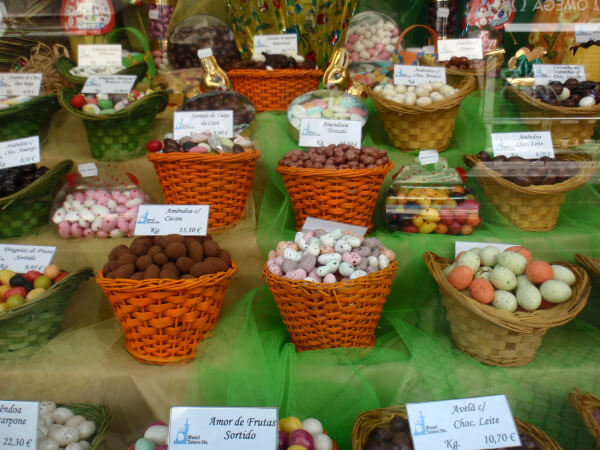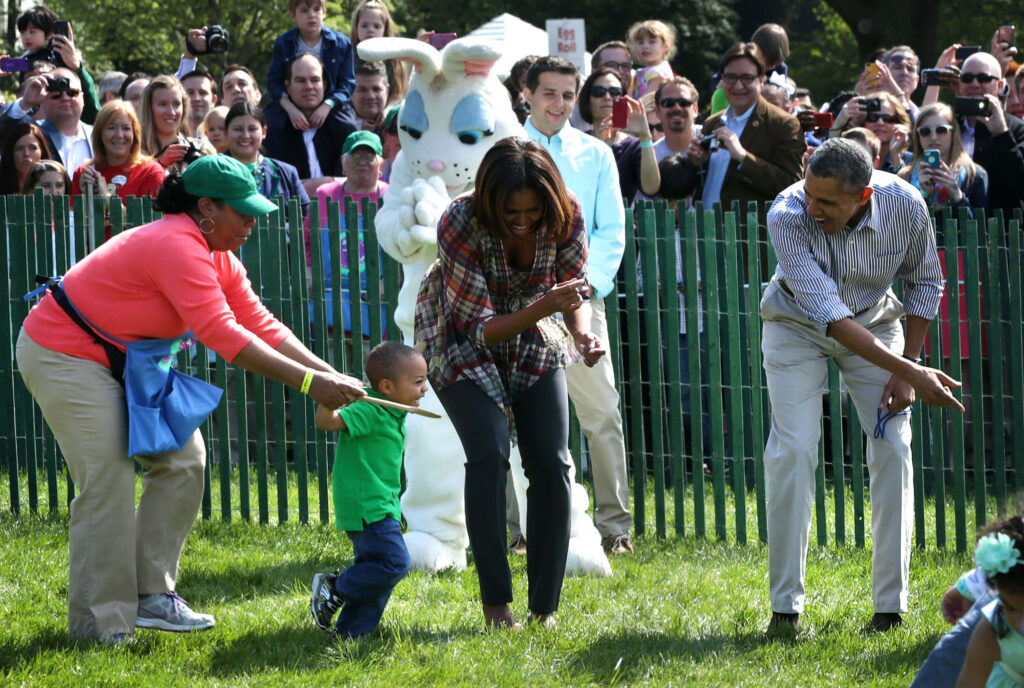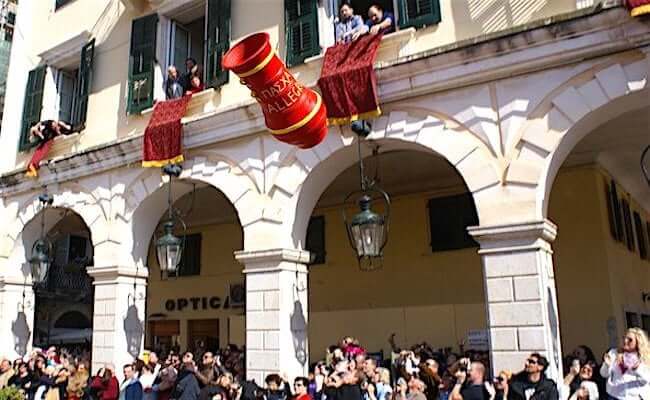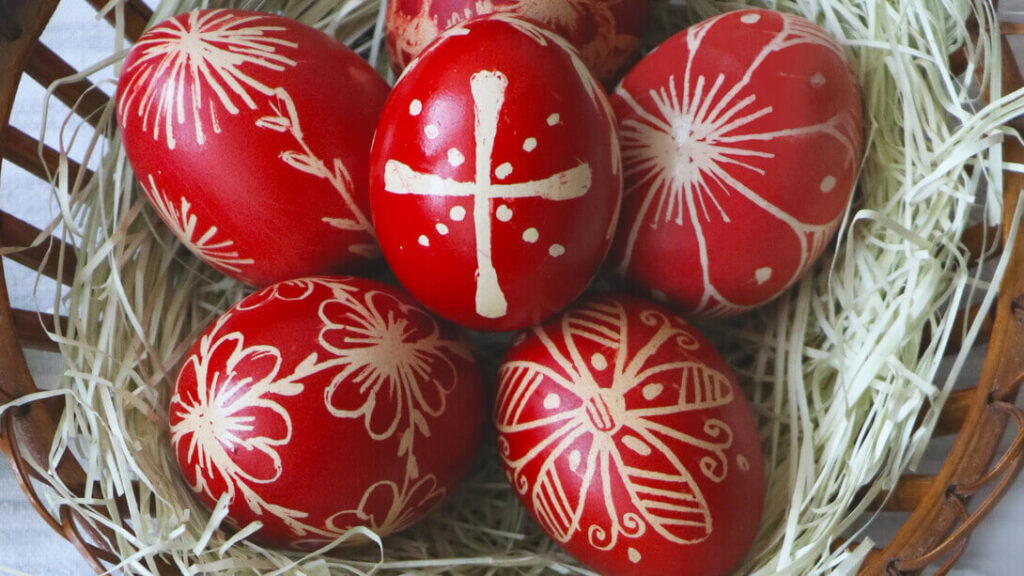Toys have been a staple of childhood for centuries, providing endless hours of entertainment and imaginative play. However, toys can also have a significant impact on a child’s worldview and understanding of the world around them. For decades, Barbie has been one of the most popular toys in the world, but it has also been criticized for promoting unrealistic beauty standards and perpetuating harmful stereotypes. The recent release of a Barbie with Down Syndrome marks a significant step towards promoting inclusivity and acceptance of differences in the toy industry.
Overview of the history of Barbie and criticisms of lack of diversity
Barbie was first introduced in 1959 by Mattel, and since then, it has become an iconic symbol of childhood. However, over the years, Barbie has faced criticism for promoting unrealistic beauty standards and perpetuating harmful stereotypes. Many people have argued that Barbie’s body proportions are unrealistic and contribute to a culture of body-shaming and low self-esteem among young girls. Additionally, Barbie has also been criticized for its lack of diversity and representation of different races, body types, and abilities.

Introducing Barbie with Down Syndrome
The recent release of a Barbie with Down Syndrome is a significant step towards addressing the lack of diversity and representation in the toy industry. The new Barbie, which was released as part of the Barbie Fashionista line, features a doll with a more realistic body type and a facial structure that reflects the physical characteristics of Down Syndrome. The doll also comes with a wheelchair and a ramp, promoting accessibility and inclusivity.

Positive impact on children with disabilities and their families
The release of the Barbie with Down Syndrome has been met with overwhelming positivity from the disability community and families with children who have Down Syndrome. For many families, having a toy that reflects their child’s physical appearance and abilities is incredibly important for promoting self-esteem and a positive self-image. Additionally, the Barbie with Down Syndrome can also help promote understanding and acceptance of people with disabilities among children who may not have had exposure to them before.
Also read, Keeping Your Kids Busy: A Comprehensive Guide to Planning the Best Summer Activities for Children
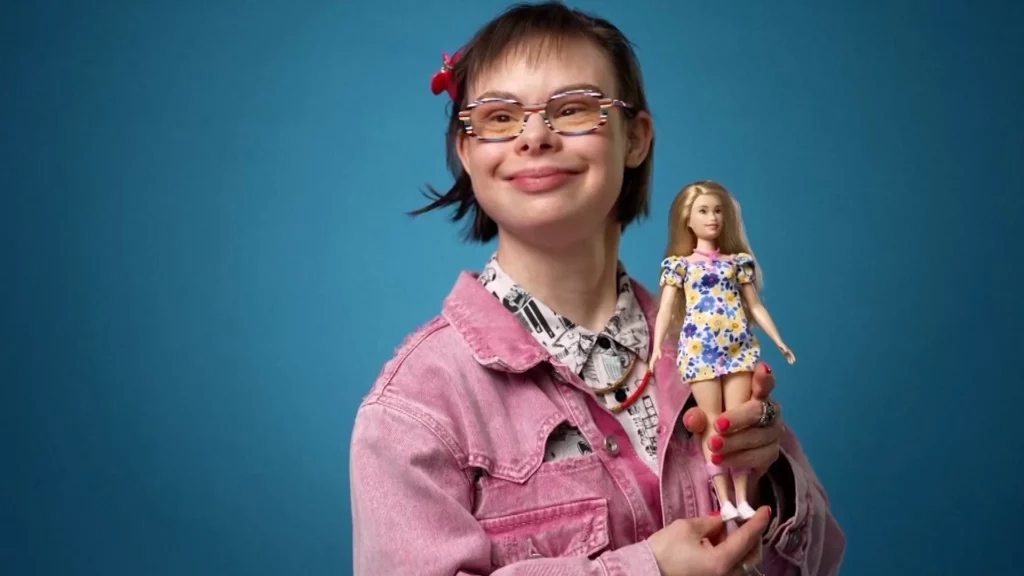
Representation and inclusivity in the toy industry
The release of the Barbie with Down Syndrome is just one example of the growing push for representation and inclusivity in the toy industry. Many companies are starting to recognize the importance of reflecting the diversity of the world we live in through their products. From dolls with different skin tones and hair textures to toys that reflect different cultures and abilities, the toy industry is slowly but surely becoming more inclusive.
Responses from the disability community and advocates
The release of the Barbie with Down Syndrome has been met with overwhelming positivity from the disability community and advocates for disability rights. Many people see this as a significant step towards promoting acceptance and understanding of people with disabilities. However, some people have also pointed out that there is still a long way to go in terms of representation and inclusivity in the toy industry. There are still many groups that are underrepresented or not represented at all in the toys that are available to children.
The importance of continuing to push for diversity in toys
While the release of the Barbie with Down Syndrome is a significant step towards promoting inclusivity and acceptance of differences, there is still much work to be done. It’s crucial for the toy industry to continue to push for diversity and representation in its products. This includes reflecting different races, cultures, abilities, and body types. By doing so, the toy industry can help promote understanding and acceptance of different people and contribute to a more inclusive and compassionate society.
Other examples of diverse toys and their impact
The release of the Barbie with Down Syndrome is just one example of the growing trend towards diversity and inclusivity in the toy industry. Other companies have also started to release toys that reflect different cultures, abilities, and body types. For example, American Girl dolls now come in a variety of skin tones and hair textures. Additionally, there are now toys that reflect different abilities, such as dolls with hearing aids or prosthetic limbs. These toys are helping to promote understanding and acceptance of different people and are contributing to a more inclusive and compassionate society.
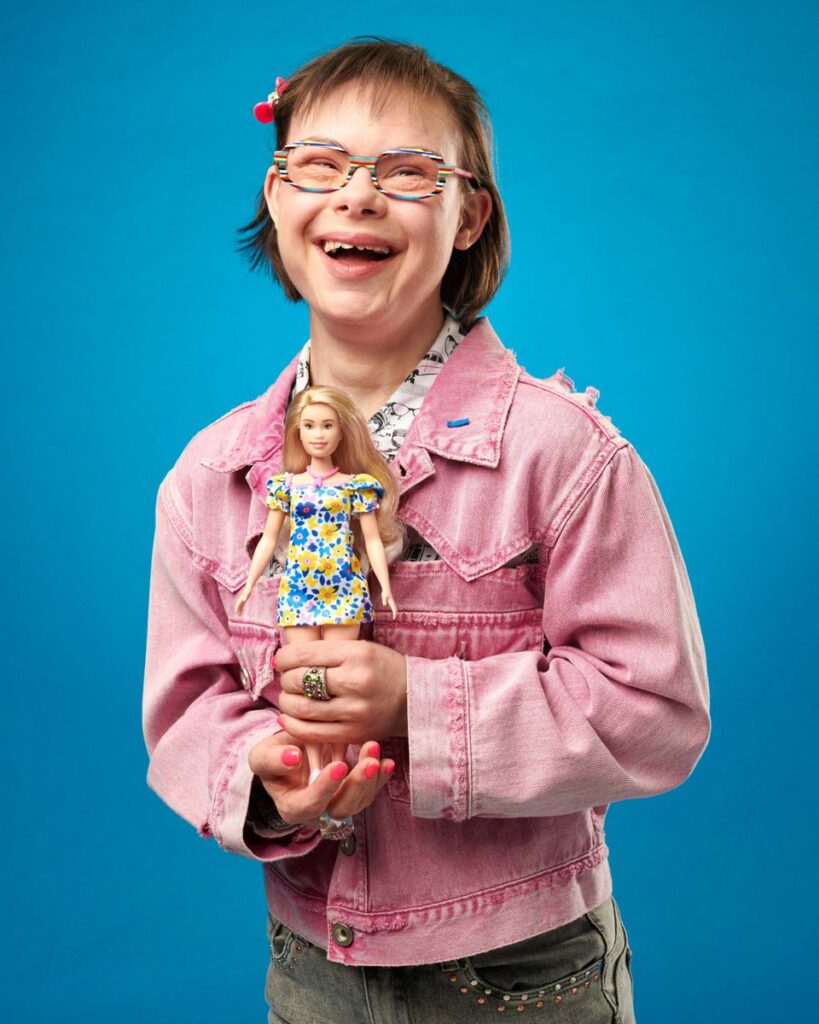
The role of consumers in driving change in the toy industry
Consumers also have an important role to play in driving change in the toy industry. By choosing to purchase toys that reflect diversity and inclusivity, consumers can send a message to toy companies that these values are important. Additionally, consumers can also support companies that are actively working to promote representation and inclusivity in their products. By doing so, consumers can help to create a more inclusive and compassionate society.
Conclusion and call to action for supporting diversity in toys
The release of the Barbie with Down Syndrome is a significant step towards promoting inclusivity and acceptance of differences in the toy industry. However, there is still much work to be done in terms of representation and inclusivity. It’s crucial for the toy industry to continue to push for diversity in its products and for consumers to support these efforts. By doing so, we can help to create a more inclusive and compassionate society where all people are represented and valued.
Check this video out to find out everything you need to know about the latest Barbie in town.



